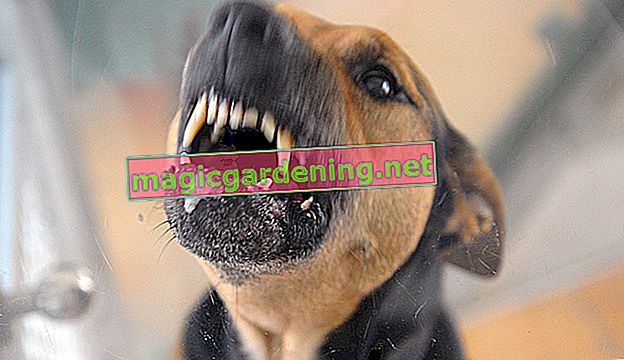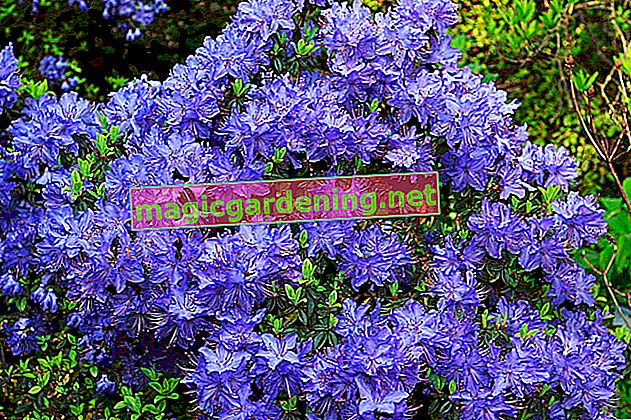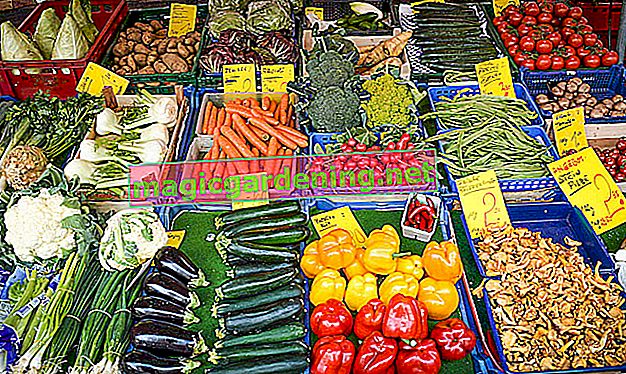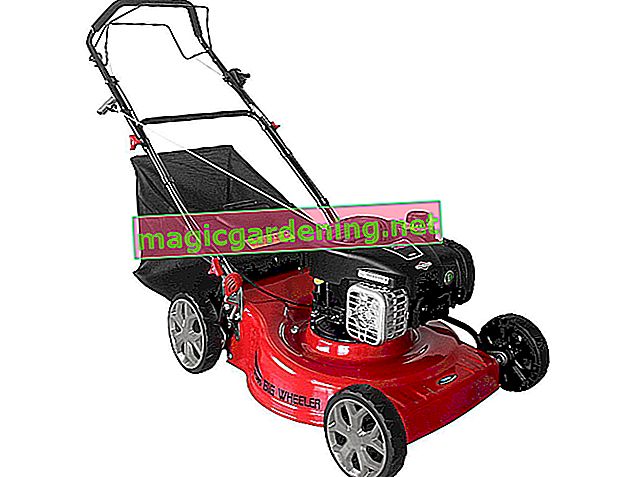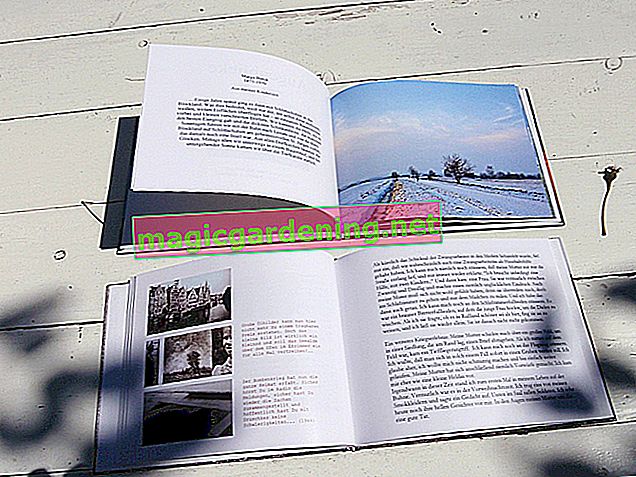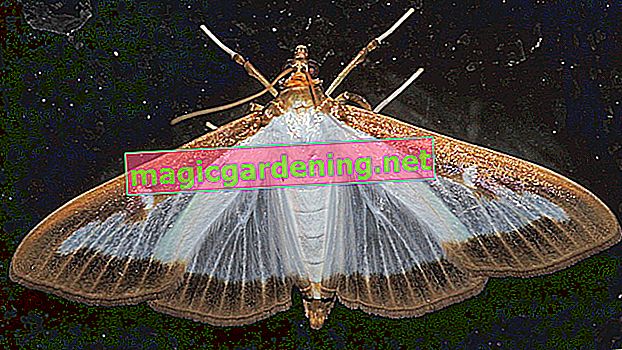
How is Jerusalem artichoke planted?
Jerusalem artichoke is planted outdoors as a seedling or tuber. The tubers are dug up and planted in the desired location. Alternatively, a tuber remains in the ground and sprouts again there.
also read
- Growing Jerusalem artichokes in the garden - that's guaranteed to work!
- Jerusalem artichoke - blooming privacy protection in the garden
- Jerusalem artichoke - the best varieties for growing in the garden
In which location does Jerusalem artichoke thrive best?
Jerusalem artichoke does not make great demands on the location. It grows in sunny and partially shaded places. If rich flowering is desired, the plant needs plenty of sun.
Are there particularly suitable locations?
Jerusalem artichoke is an ideal privacy screen that looks very pretty with its yellow flowers. That is why the plant is often drawn to fences. Planting around the compost heap is also ideal because the tubers will find enough nutrients here.
What should the soil be like?
Jerusalem artichoke thrives best in well-loosened, nutrient-rich soil. The plant does not tolerate waterlogging.
What does a good soil preparation look like?
- Loosen the soil deeply
- remove weeds
- Pick up stones
- Enrich nutrient-poor soils with compost
- Loosen compacted soils with sand
- Possibly create a root block
Does Jerusalem artichoke have to be preferred?
If the Jerusalem artichoke is propagated via seeds, this should be preferred in the sowing bed from March. From a height of ten centimeters, the plants are placed outdoors.
How is Jerusalem artichoke planted?
The tubers are placed up to 15 centimeters deep in the earth. The deeper they are, the more profit they bring.
What is the planting distance?
Jerusalem artichoke grows very quickly and densely. Therefore keep a larger planting distance. It should be at least 40 centimeters between the plants. The same applies to the tubers, which are laid out at a distance of 40 by 40 centimeters.
When is the best time to plant?
The beginning of spring is the best time to plant. Then the plants have enough time to develop plump tubers. Basically, the tubers can be laid out all year round.
What care does Jerusalem artichoke need?
The plant is extremely easy to care for. The weeds should be removed regularly in spring. Later this is no longer necessary, because the larger the size, Jerusalem artichoke prevents weeds from emerging.
Is fertilization necessary?
If the soil is rich in nutrients, there is no need for fertilizers. If the soil is poor in nutrients, it is sufficient to rake in some ripe compost. Caution is advised with nitrogen-rich fertilizers. Too much nitrogen will cause the tubers to rot.
How often is Jerusalem artichoke poured?
Jerusalem artichokes need a lot of water in midsummer in order to keep the tubers plump. Watering several times a day is advisable. Waterlogging must be avoided at all costs.
How is Jerusalem artichoke propagated?
Since the seeds do not ripen on the flowers in our part of the world, seeds must be bought from specialist retailers. It is easier to multiply using the tubers that remain in the ground or are planted elsewhere.
When is Jerusalem artichoke harvested?
The best harvest time is autumn. Early varieties are ready for harvest in August, late varieties in late autumn. Jerusalem artichokes can generally be harvested all year round, as long as the soil is frost-free. Only when it is very dry in midsummer should not be harvested.
How is excessive spreading prevented?
When growing on fences in the garden, a root barrier is strongly recommended. Otherwise trouble with the neighbors is inevitable. Regular harvesting and removal of the tubers is also helpful.
Is Jerusalem artichoke suitable for keeping in a bucket?
Jerusalem artichoke is easy to brew in a taller bucket. This prevents the plants from spreading too much.
Does Jerusalem artichoke have to be cut?
In winter, the upper parts of the plant withdraw completely. Cutting is therefore only necessary in very small gardens when the plant has spread too much.
Which plants is Jerusalem artichoke compatible with?
Jerusalem artichoke is a strong eater that should not be kept with other strong eaters. Low eaters like beans are a good match. However, it should be noted that Jerusalem artichoke forms a lot of foliage and does not allow other plants enough light.
Which diseases threaten Jerusalem artichoke?
Powdery mildew occasionally spreads on the upper parts of the plant. The tubers are hardly damaged by this. If necessary, the affected parts are cut off and discarded.
Which pests should be watched out for?
Voles and moles love tubers as much as humans do. The rodents should be driven away by suitable measures. Attention: Moles are protected! Snails like to attack the foliage. Regular collection can be helpful. However, snail feed hardly harms the tubers.
Tips & Tricks
Jerusalem artichoke contains the multiple sugar inulin (not to be confused with insulin), which is also well tolerated as a sweetener in diabetes. Growing the root vegetables is therefore particularly recommended when feeding diabetics.


